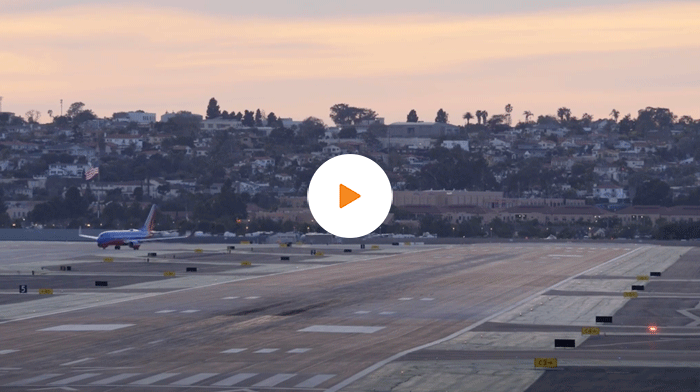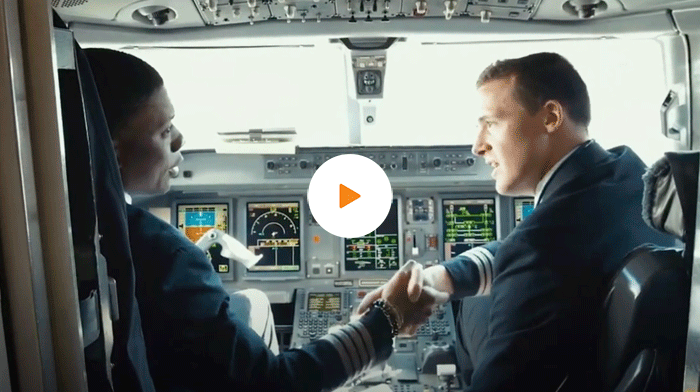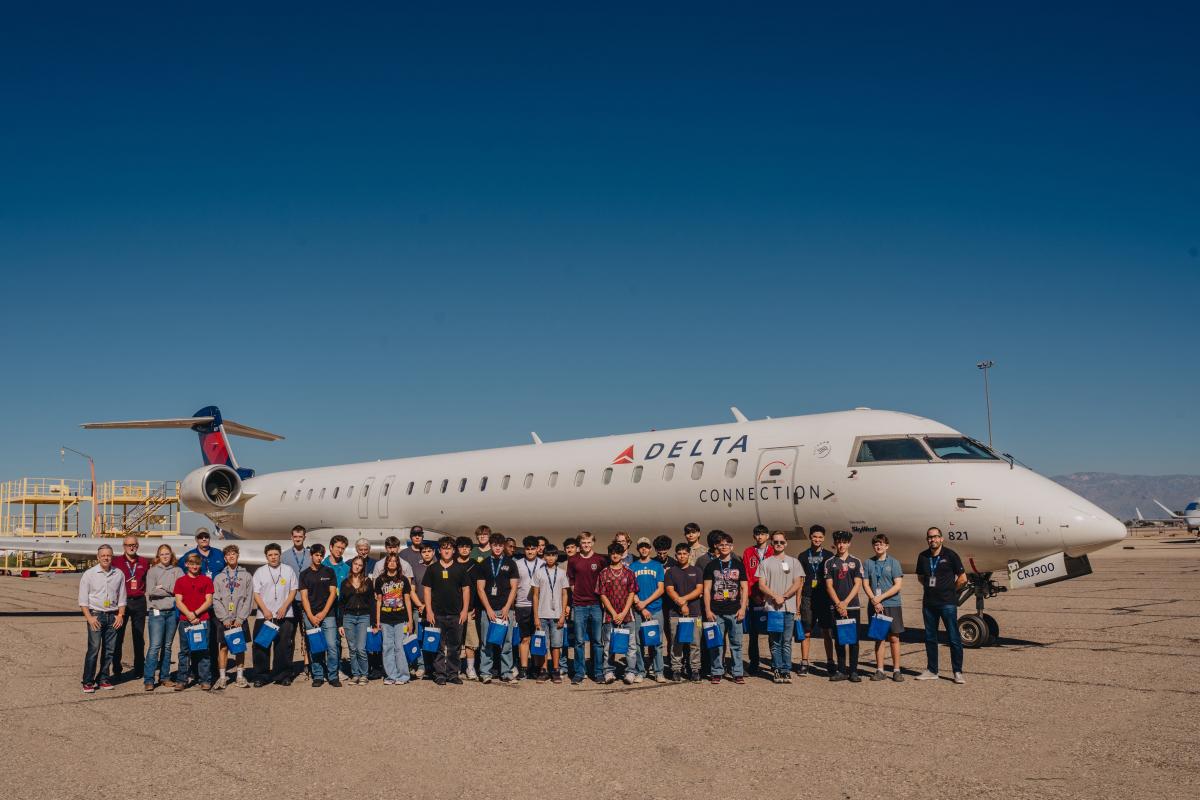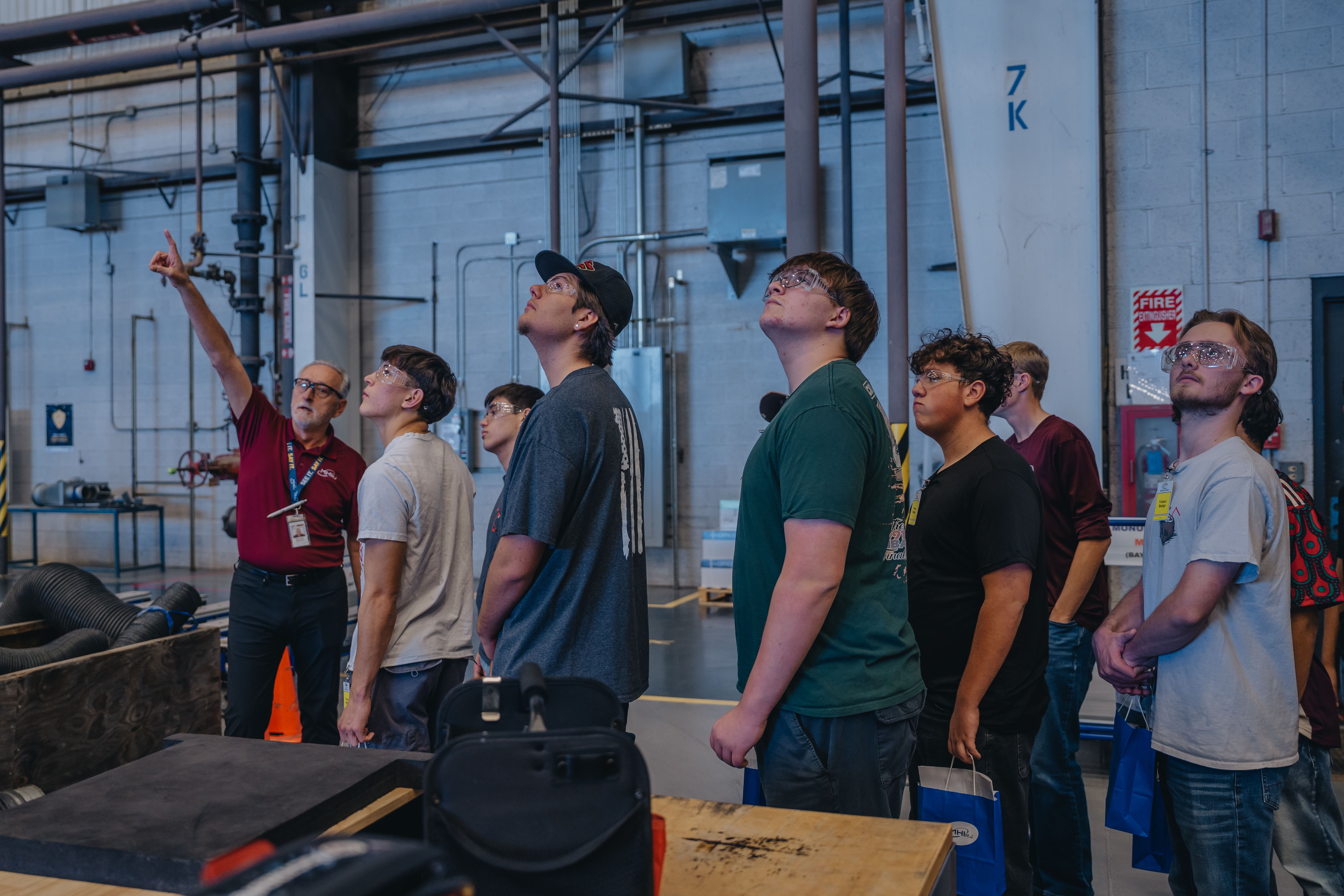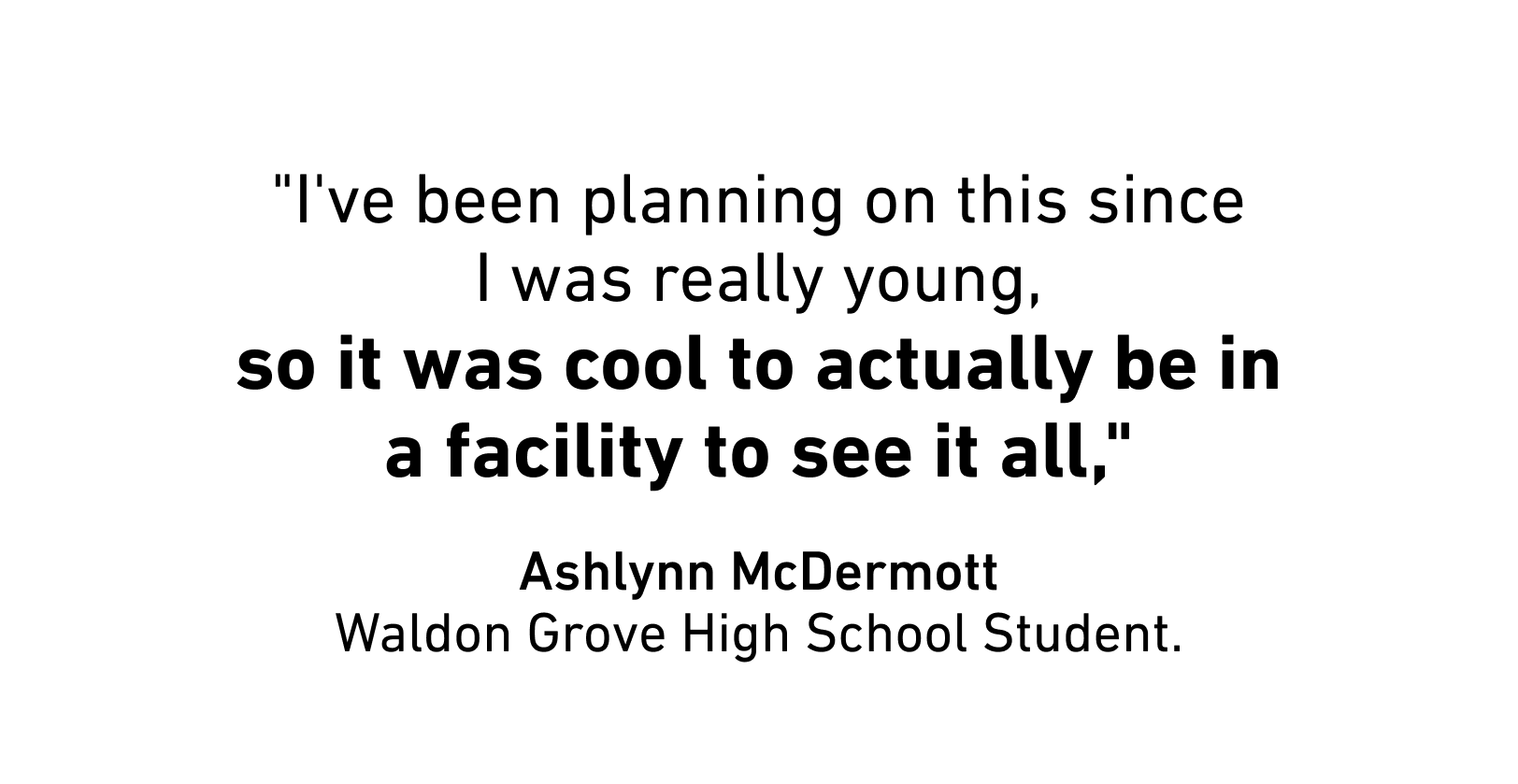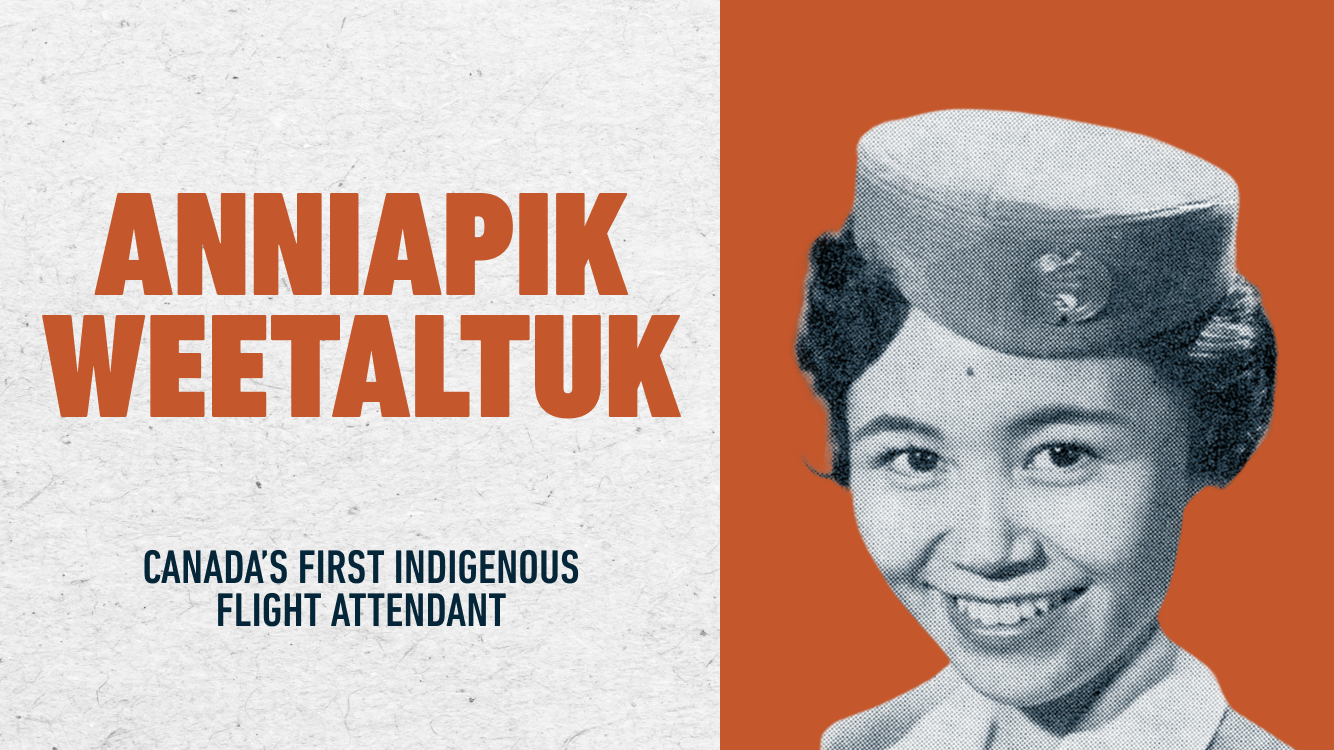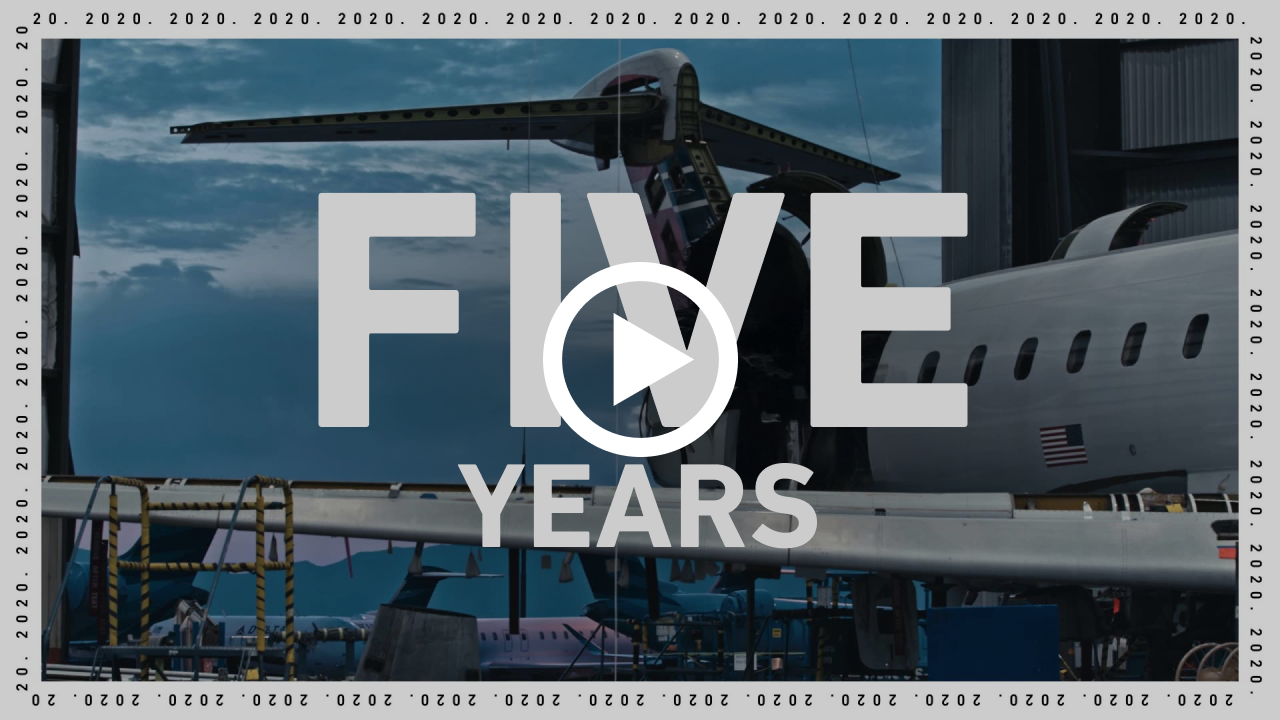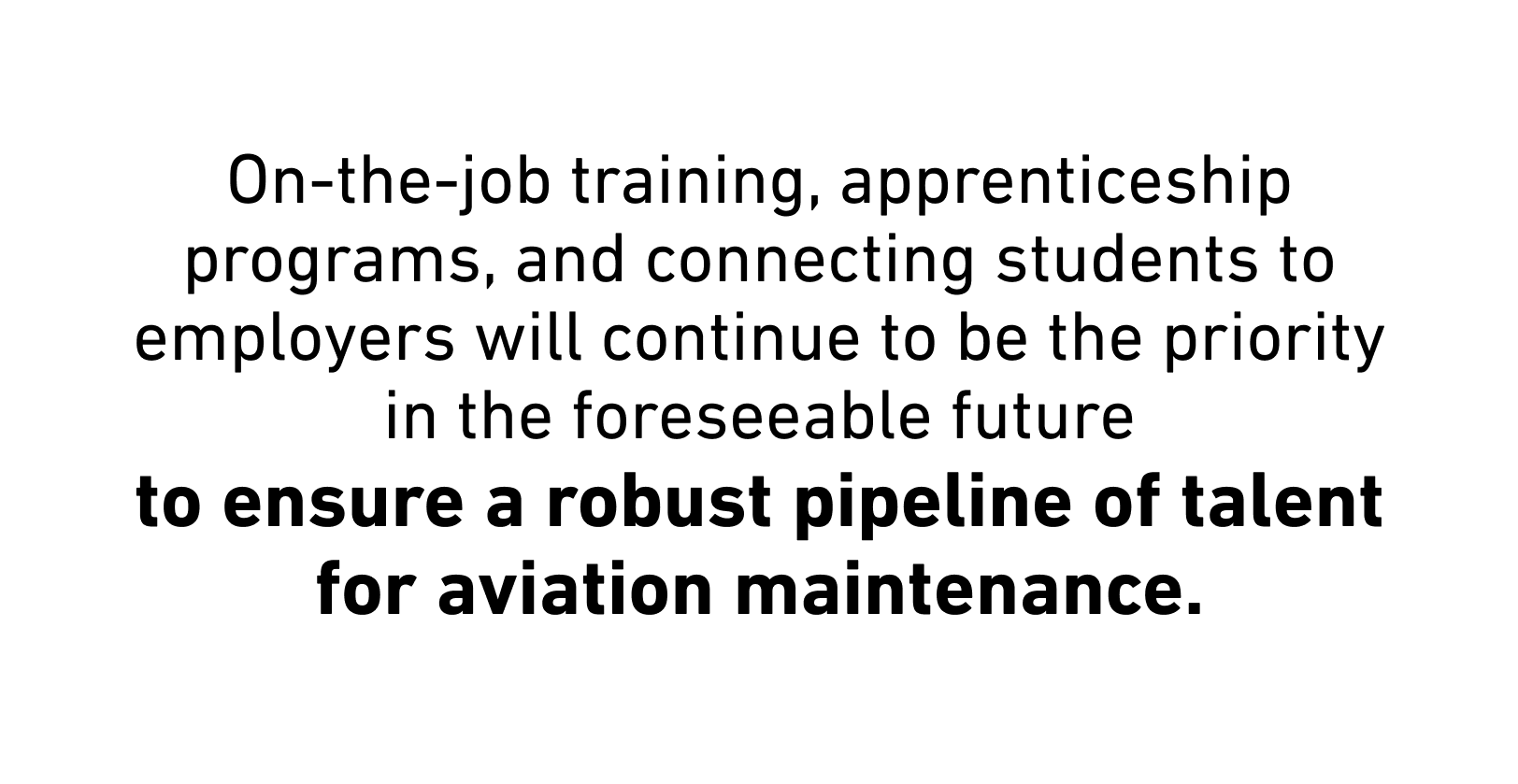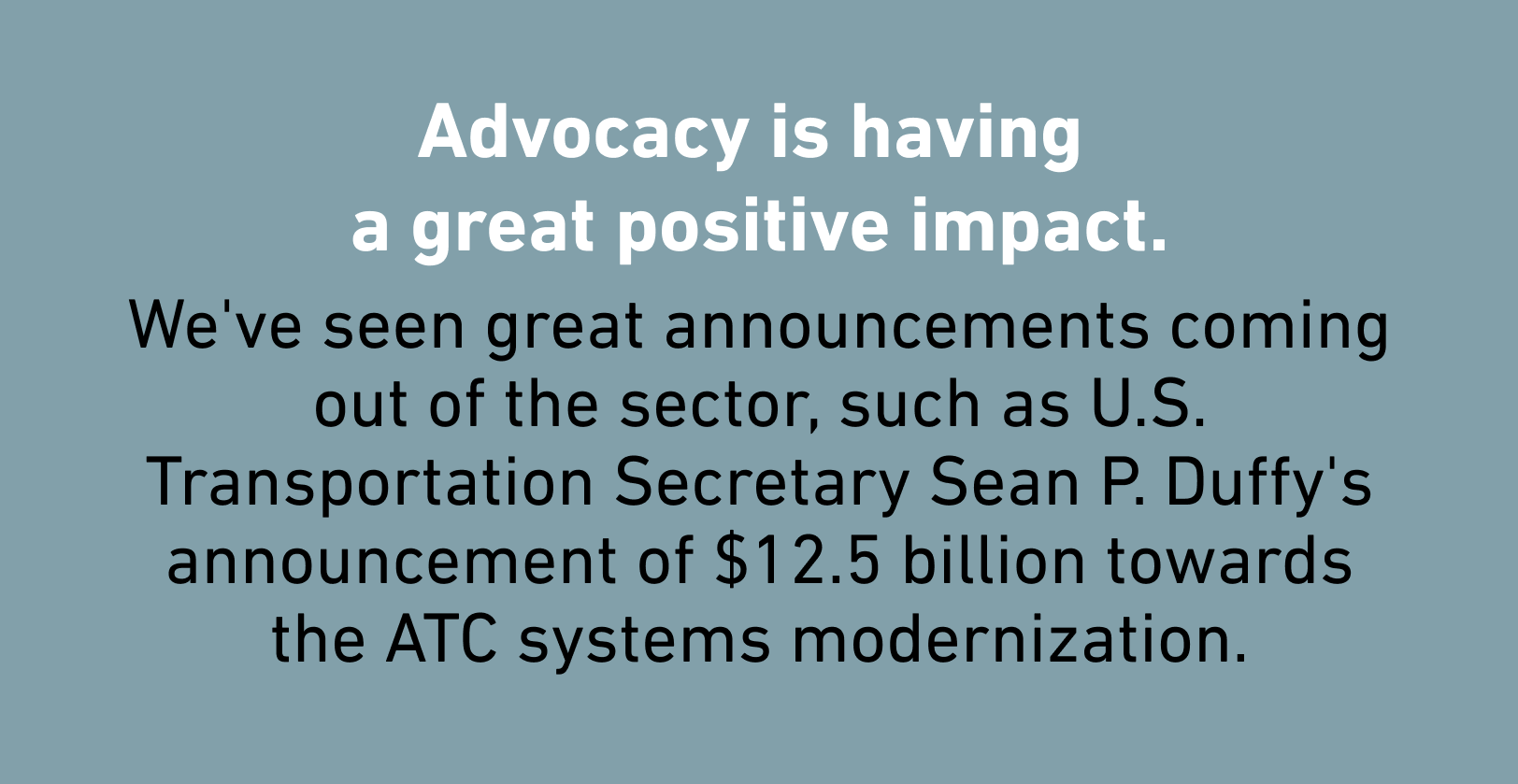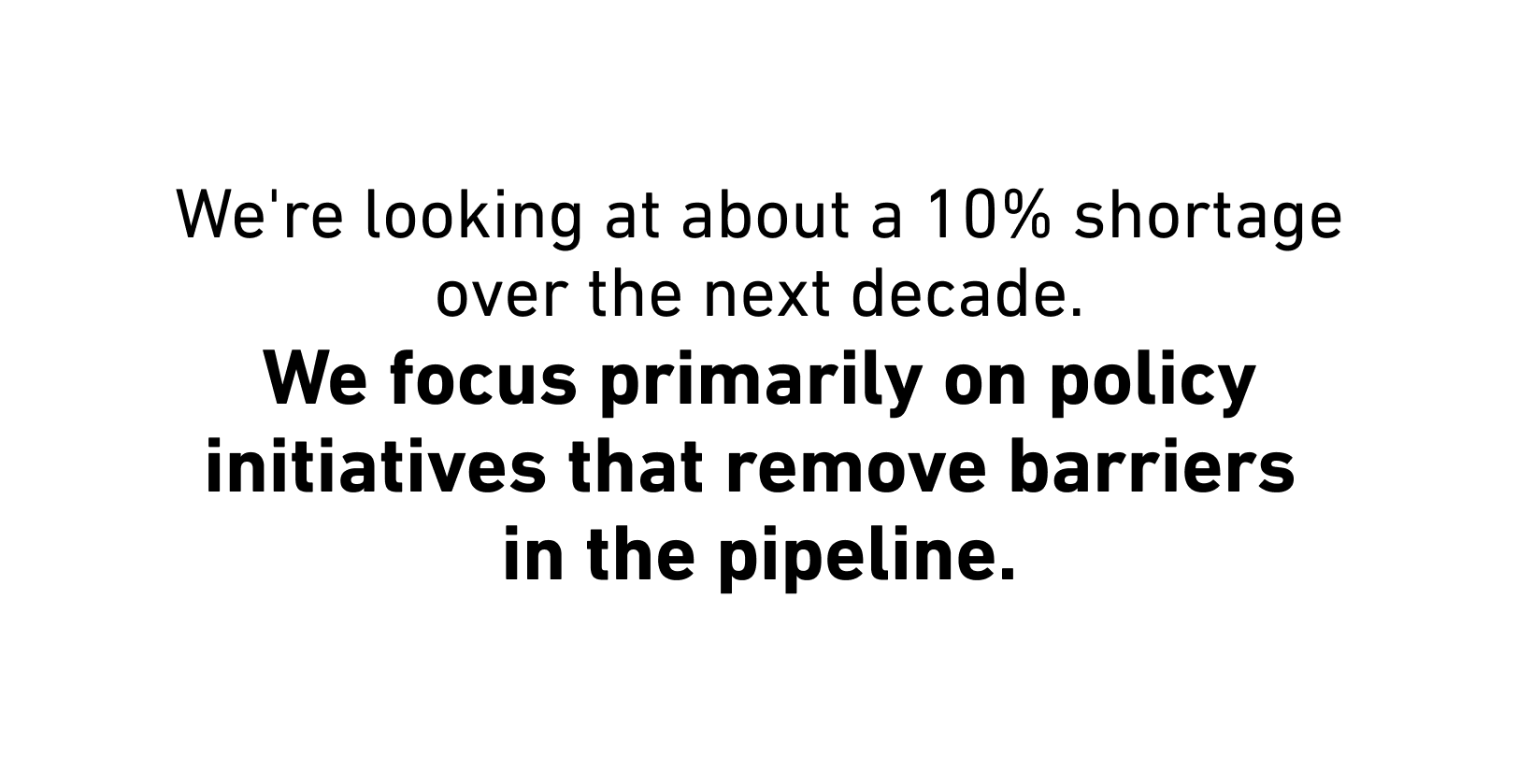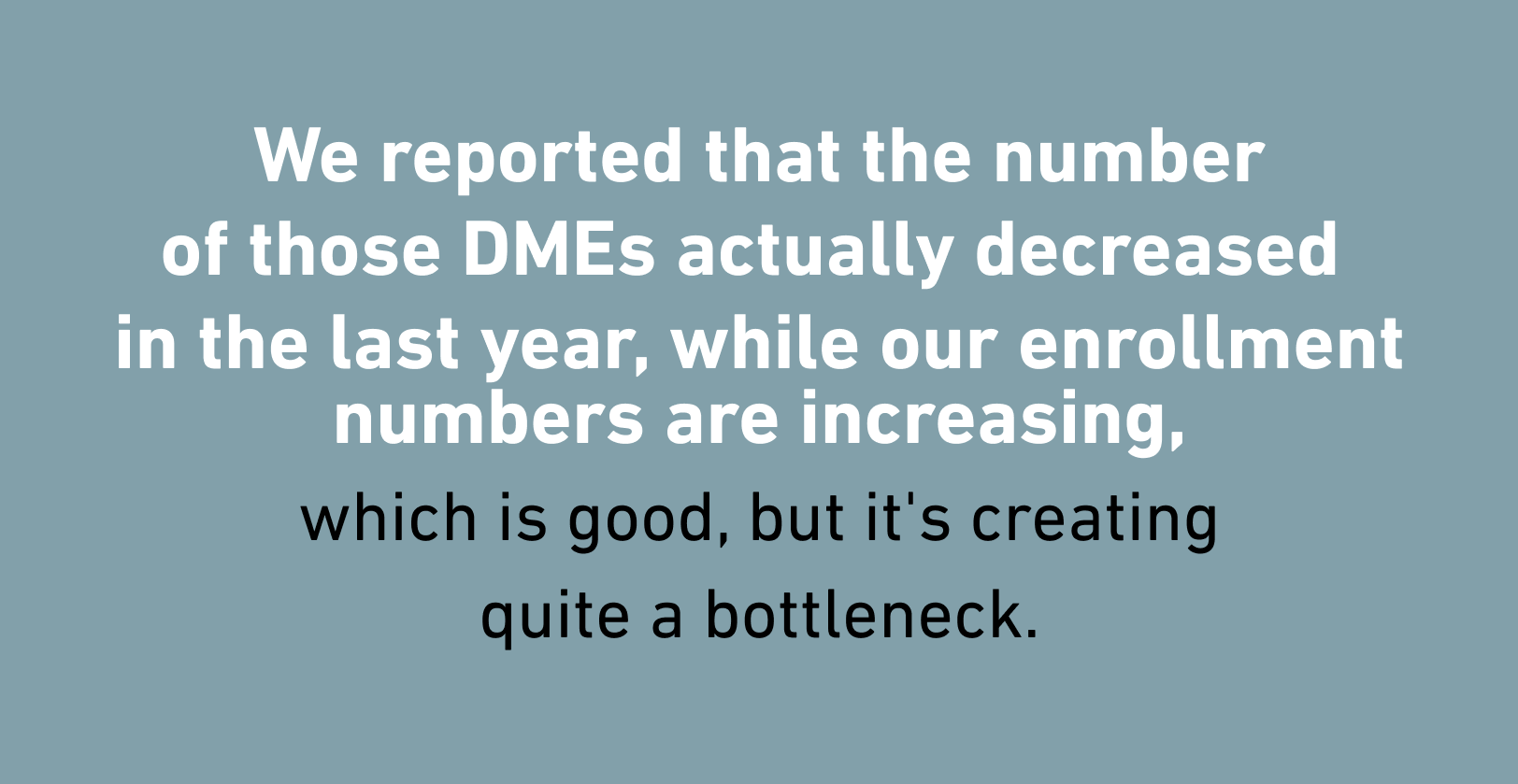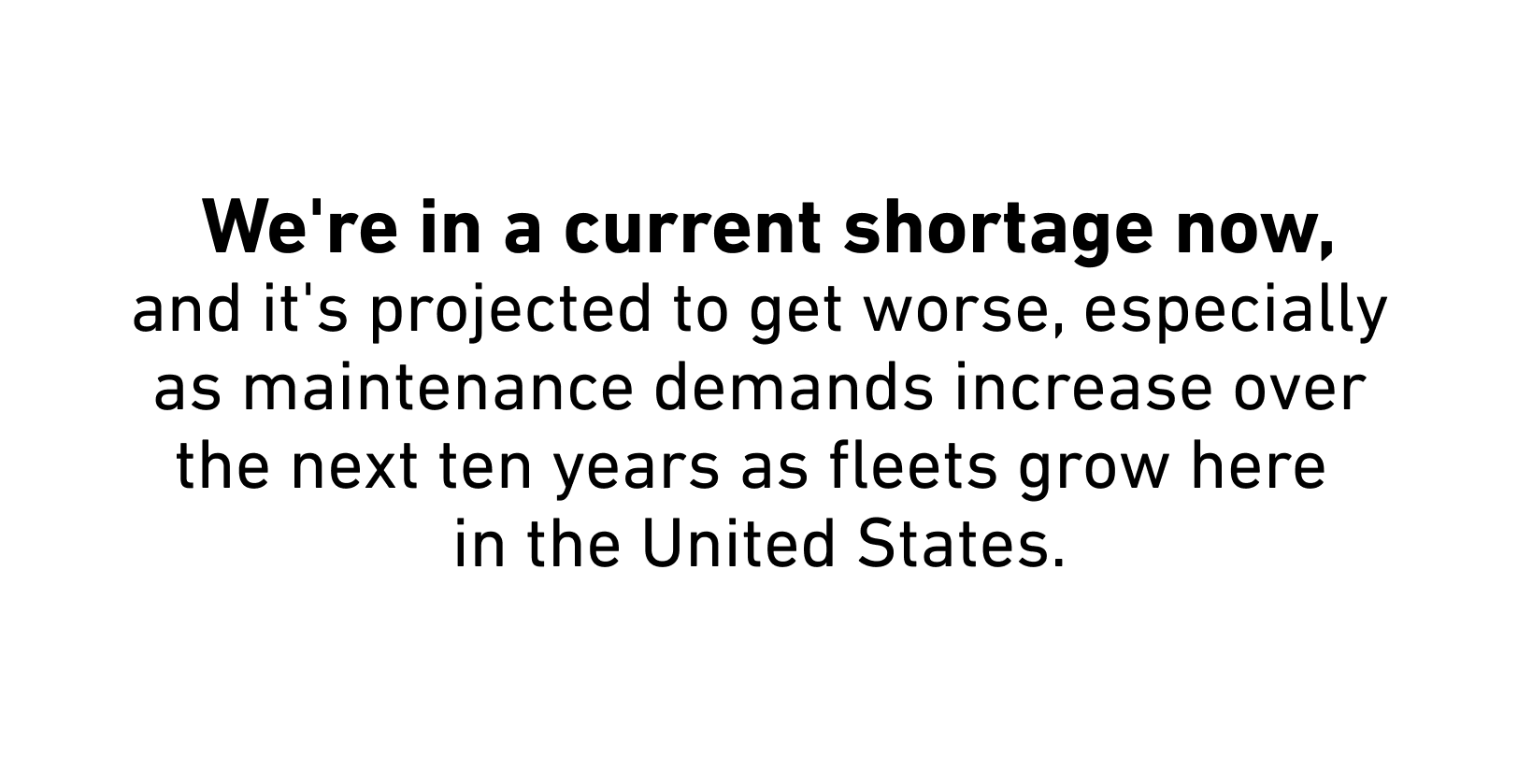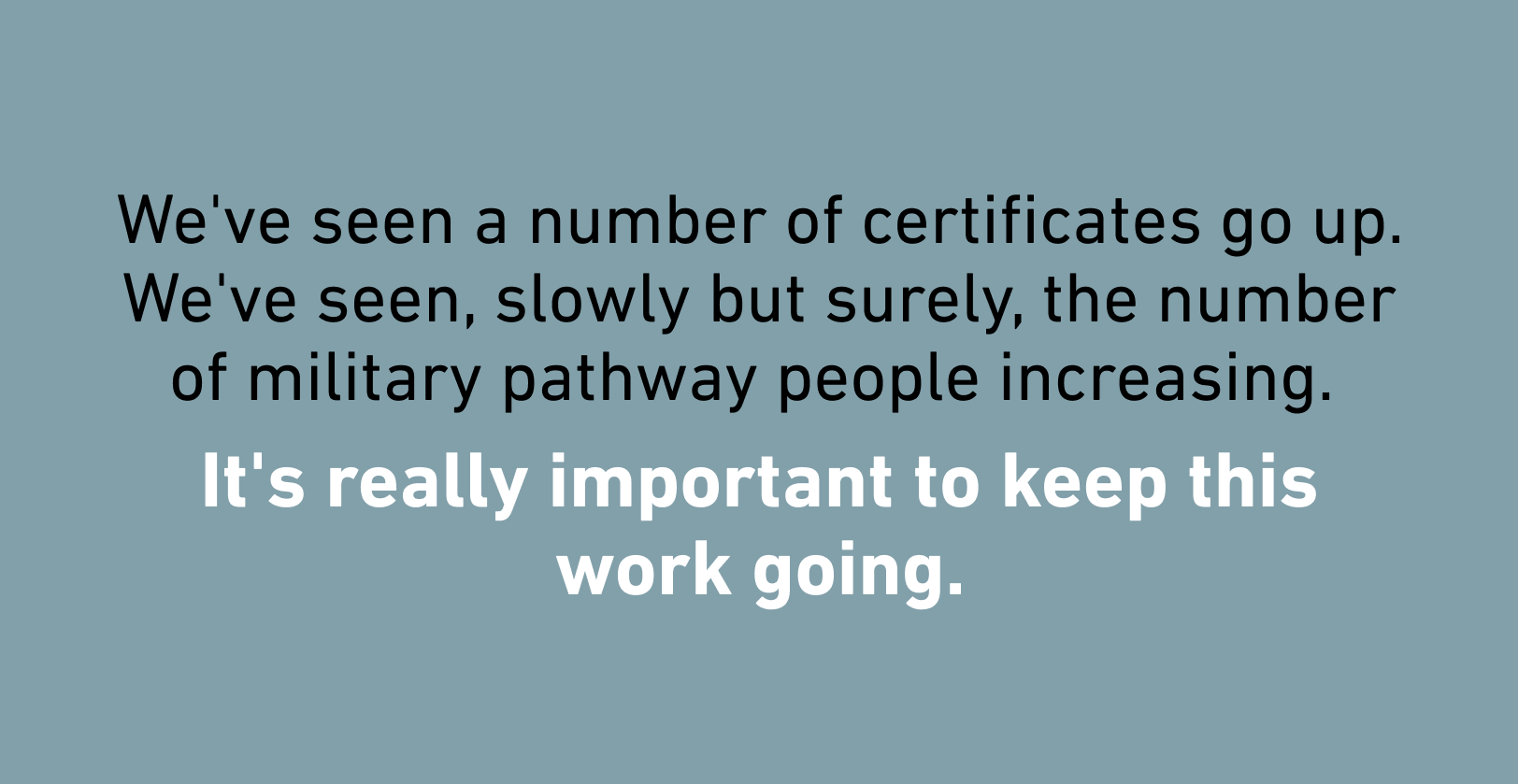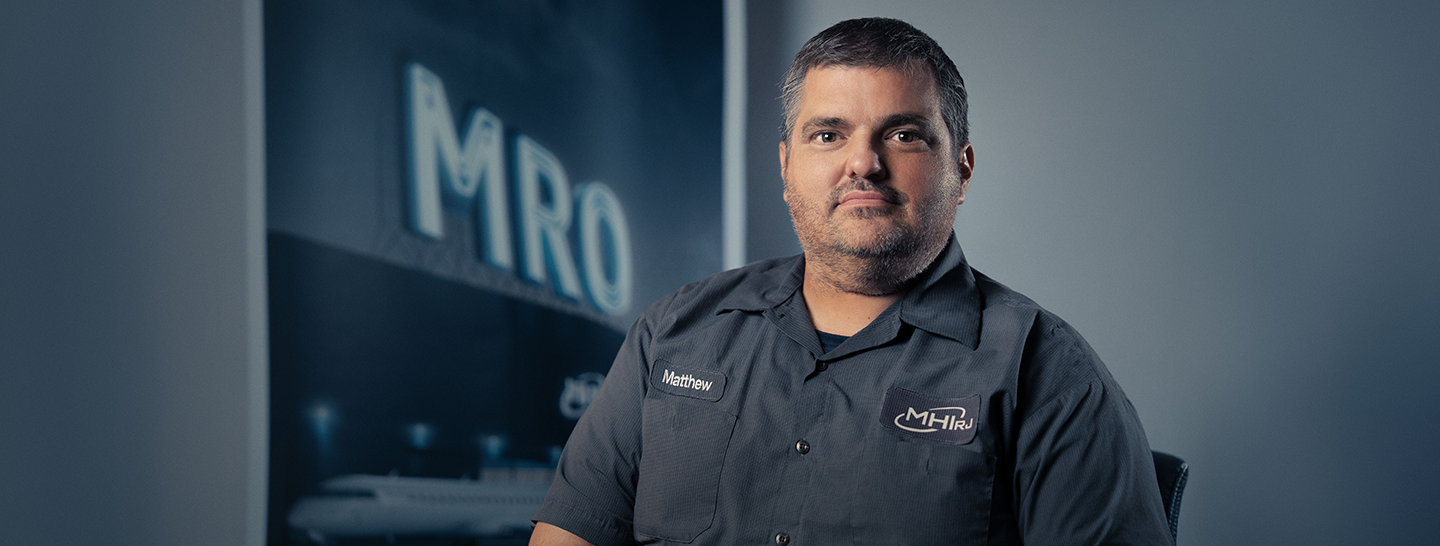
PILOT SHORTAGE: KEEPING THE NATION CONNECTED

As the pressing need for pilots continues to climb, the availability of regional flights continues to wane. What can be done to expedite training and close the gap without sacrificing safety?
There has always been an immense need for regional aviation in the United States. From keeping small communities connected, to the nation’s transportation system, to local travel, the post-pandemic demand remains high. In fact, over 70% of airports rely on regional service alone in order to operate.
However, the current pilot shortage and other surrounding circumstances continue to take their toll on both flight availability and cost. MHIRJ recently attended the Regional Airline Association meeting in Washington, D.C. where this was one of the most talked-about topics. We had the pleasure of sitting down with Bryan Bedford, CEO and President of Republic Airways, to get his insights on the policy issues currently affecting regional airlines in particular.
While the pilot shortage actually began some years ago, it’s been further exacerbated by the fact that thousands of more senior aviators retired early, leaving us with a skilled void that needs to be filled, and hundreds of grounded aircraft across the country. Bedford expanded on three key effects:
When speaking about modern regional aviation, “The days of very robust schedules, lots of convenience, lots of competitive services, and competitive ticket prices—that’s probably not going to be realistic for the next several years,” he explained.
OPPORTUNITIES FOR THE GOVERNMENT AND THE INDUSTRY TO COLLABORATE
When it comes to training new pilots, what remains paramount is the need for safety and efficiency. However, current policies leave barriers that require new solutions—and it all starts with cost. “We have a challenge right now that it takes so long and it’s so expensive to become a pilot in the United States, so the burden is dissuading young men and women from considering the profession. And it’s creating an absolute iron wall barrier of entry for minority families to have their sons or daughters even dream of a transformational career in aviation. And that’s really unacceptable,” Bedford explained.
A suggested solution that could help even the playing field is funding for tuition, which currently costs approximately $200,000, and which few families can afford. Conversations need to be had with regulators and legislators on how we can create better, safer training with lower tuition. “We need to have serious thought on how we rethink training, and how we can do it in less time with less cost and we can produce superior, safer, more competent pilots in the process,” he adds.
REDUCING TIME WITHOUT COMPROMISING SAFETY
Aside from reducing cost, reducing time would also help alleviate the shortage faster. But the caveat with this is the associated risk of reducing safety. Would accelerating training in fact compromise safety? Not necessarily. Since the 1,500-hour rule became effective at the end of 2013, Bedford noticed significant increases in failure rates, with the reason being that they simply needed better training, curriculum, and structure. “We think there’s a better way to train pilots with more hands-on commercial training, as opposed to what the marketplace is offering today.”
This is where the conversations with the FAA come into play. Improvements in education and funding will make way for an easier path to a career as a pilot, and in turn reduce disruption in regional aviation.
- Log in to post comments

 24
24
